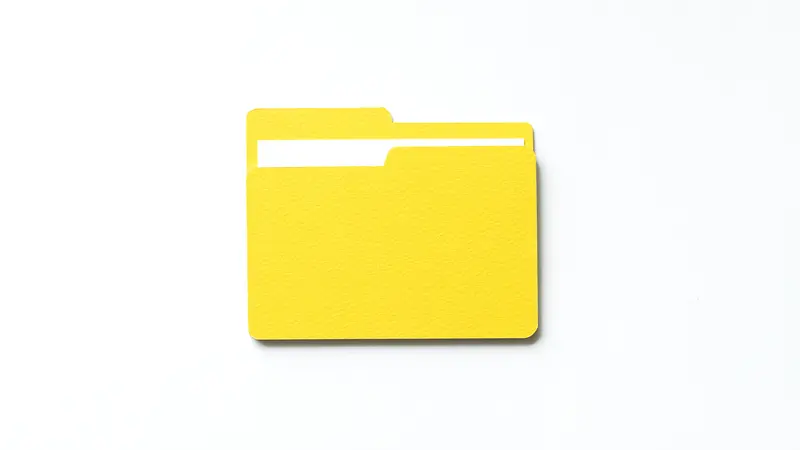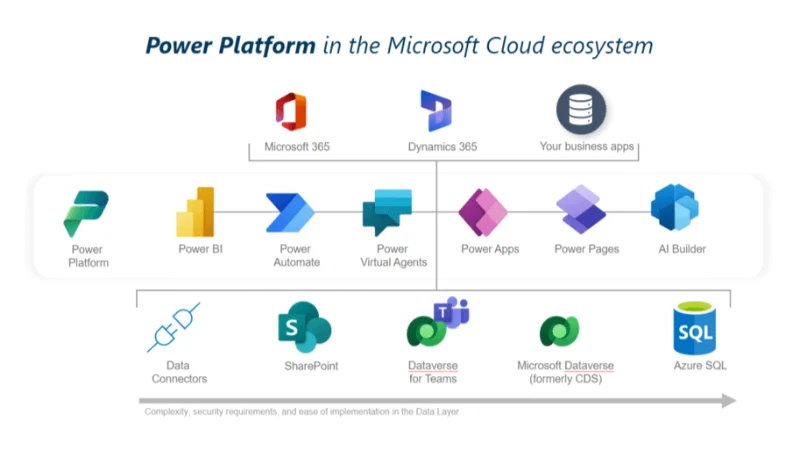The Nekopoi APK folder often raises curiosity among Android users. This folder contains files related to the Nekopoi APK, a third-party media application. Understanding this folder helps protect your device and privacy.
What Is the Nekopoi APK Folder?
The Nekopoi APK folder stores app data on your Android device. It typically appears after installing the Nekopoi APK. The folder holds cache, saved videos, settings, and user preferences.
This folder allows the app to function smoothly. Without it, the app might crash or reset each time. The folder usually sits inside the internal storage or under Android/data.
While it’s important for app performance, it also creates risks. Hackers or malware can use such folders to sneak in harmful files. You must manage it wisely to avoid issues.
Why Do Users Search for the Nekopoi APK Folder?
Most users want to access offline files. The Nekopoi APK folder can hold downloaded media, including full videos and subtitles. Users dig into this folder to extract or move these files.
Some want to delete unwanted data. This clears space and improves performance. Others want to inspect what the app stores for privacy reasons. That’s a wise move.
Sometimes, users experience storage warnings. They search for large folders and often discover the Nekopoi APK folder is taking too much space. Cleaning it becomes necessary.
How to Locate the Nekopoi APK Folder
Finding the folder is easy with a file manager. Open any trusted file manager from the Play Store. Navigate to internal storage, then locate either the Android or Downloads folder.
Inside Android/data, look for a folder named nekopoi.apk or a similar version. Some variations may appear depending on the APK build. You might also see folders under the OBB section.
Always enable hidden files view. Some devices hide sensitive folders. If you can’t locate it, try searching manually using the app name as the keyword in your file manager’s search bar.
Is It Safe to Access or Modify the Folder?
Modifying the Nekopoi APK folder has risks. You could corrupt the app data. The app may stop working or behave abnormally. So make a backup before any changes.
Deleting files can be useful but risky. If you remove needed files, the app may crash or fail to load content. Clear the cache only if you face errors or slowdowns.
You should avoid modifying unknown files. These may relate to app updates, encrypted logs, or user settings. If unsure, consult an experienced user or use read-only access.
How to Clear Space Safely Using the Folder
To clear space, first open the folder. Locate subfolders such as downloads, cache, or temp. These usually contain non-critical files. Select and delete them safely.
Avoid folders like config, preferences, or license. These contain important files that affect app operation. If deleted, the app may need reinstallation.
You can also uninstall the app. It removes the Nekopoi APK folder. Reinstall later if needed. Use this method if you’re not planning to use the app soon.
Privacy Tips for the Nekopoi APK Folder
Privacy is vital when using apps like Nekopoi. Always check the folder’s content after use. Remove media if you’re on a shared device.
Use a secure file locker app to hide or encrypt the folder. This prevents others from accessing its contents without permission. Some lockers offer fingerprint or pattern locks.
Never share the folder online. Hackers may embed malware inside seemingly innocent files. Also, avoid uploading the folder to cloud drives unless encrypted.
Backup and Restore Process
Create a backup of the Nekopoi APK folder using a file manager. Compress the folder into a ZIP file. Store it in a secure location.
To restore, extract the ZIP back into the same directory. Ensure the folder’s path remains the same. Restart the app to reload saved settings or downloads.
This helps when you reset your device or switch phones. Just copy the ZIP file to the new device and extract it properly.
Common Problems with the Folder
One issue is “App not loading properly.” This happens when core files inside the Nekopoi APK folder get deleted or modified. To fix it, reinstall the app.
Another issue is “Folder not visible.” Enable hidden folders in your file manager settings. Some devices hide app folders by default to prevent misuse.
Sometimes, malware can hijack the folder. You’ll notice strange files or behavior. Run a full antivirus scan and delete any suspicious files immediately.
Tips for Managing the Nekopoi APK Folder
Update your file manager. Older versions may not show or allow access to app folders. Use reliable apps like Solid Explorer or FX File Explorer.
Avoid rooting your phone just to access this folder. Rooting reduces device security. Most modern file managers offer access without root.
If possible, use VPN services while using Nekopoi. This helps protect your identity and secures your device from malicious network traffic.
Should You Delete the Nekopoi APK Folder?
Delete it if you stop using the app. Keeping unused folders wastes space and creates privacy risks. You can always reinstall if needed.
Before deletion, ensure you back up any important files. Deleting it removes saved videos, settings, and preferences.
Some antivirus apps mark this folder as suspicious. If flagged, delete it immediately or move the folder to a secure, private location.
Alternative Ways to Use Media Apps Securely
Many users use Nekopoi for private viewing. If privacy is your concern, consider legal alternatives. Use verified streaming apps with strong privacy policies.
Look for apps with strong encryption. These apps don’t leave sensitive files in folders like Nekopoi APK folder does. Always read the privacy policy before installing.
Avoid sharing devices. If multiple people use your phone, keep personal apps locked or hidden. Use app lockers to secure access.
Legal Risks of Using the Nekopoi APK Folder
Some countries restrict content hosted on apps like Nekopoi. Accessing or sharing such content may be illegal. You must know your local laws.
Using the Nekopoi APK folder to store or share content can violate digital rights laws. Authorities may monitor such activities on public networks.
Always use such apps for personal use only. Never share or distribute the files found in the folder. Stay within legal limits.
Latest 2025 Android Security Updates Affecting APK Folders
Android 14 has tightened app folder access. Apps now need specific permissions to read and write inside folders.
Some file managers now require special access or developer options to view these folders. Learn how to grant these permissions safely.
Google is actively removing apps with shady folder behavior. Use only trusted APK sources. Avoid downloading modified APKs with harmful scripts.
Conclusion
The Nekopoi APK folder can be useful, but it carries privacy and legal risks. Always manage it wisely and follow secure practices. Use file managers carefully, avoid modifying system folders, and stay updated with Android security changes.
FAQs
1. Where can I find the Nekopoi APK folder on Android?
Go to Android/data or Downloads using a file manager. Look for nekopoi.apk or similar.
2. Is it safe to delete the Nekopoi APK folder?
Yes, but back up important files first. Deleting it may erase saved videos and settings.
3. What files are stored inside the Nekopoi APK folder?
You’ll find cache, saved media, subtitles, and app preferences inside the folder.
4. Why is the folder not visible on my phone?
Enable hidden folders in your file manager settings. Use a trusted file explorer app.
5. Can the folder contain malware?
Yes, if you downloaded the APK from unverified sources. Always scan with antivirus software.
6. How do I back up the folder securely?
Use a file manager to compress it into a ZIP file. Please save it to a secure or external location.
Read also: https://techdailyguide.com/augusta-precious-metals-lawsuit/


